Wdfilter.sys BSoD Error: 7 Ways to Quickly Fix It
The Wdfilter.sys BSoD is linked to Windows Defender issues
7 min. read
Updated on
Read our disclosure page to find out how can you help Windows Report sustain the editorial team Read more
Key notes
- WdFilter.sys is a system file associated with Windows Defender, Microsoft’s built-in antivirus software for Windows operating systems.
- The WdFilter.sys BSoD error occurs when there is a problem with this file, resulting in a stop-code error on your computer.
- This error can occur on any version of Windows that supports Windows Defender, including Windows 7, 10, and 11.
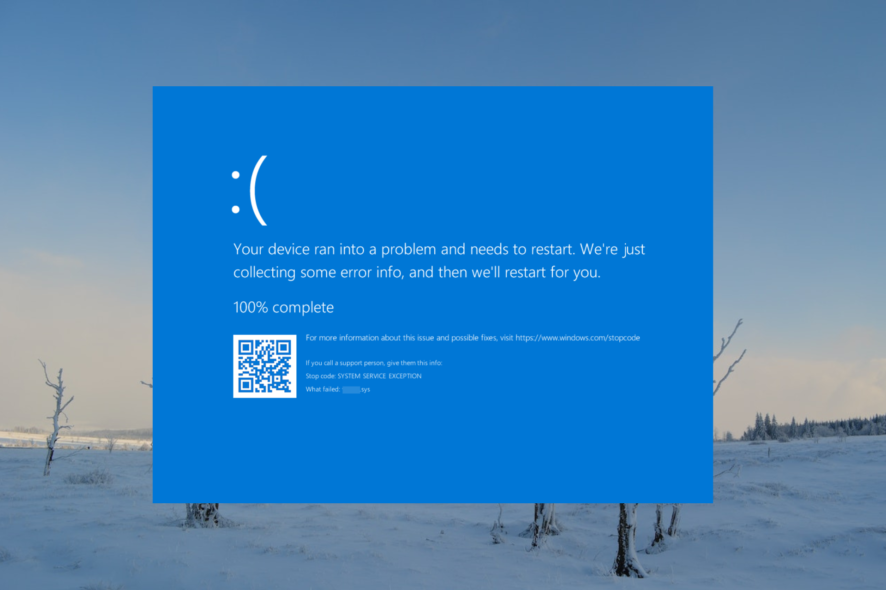
Experiencing a Blue Screen of Death (BSoD) error is an unpleasant event since it can cause significant harm to your computer.
One such BSoD error that can occur on any version of Windows that supports Windows Defender is the WdFilter.sys.
What is WdFilter.sys BSoD error?
The Wdfilter.sys is a blue screen error that occurs on Windows computers when there is a problem with the Windows Defender Mini-Filter Driver (Wdfilter.sys driver). This driver is related to the Windows Driver Framework, which is used to develop device drivers in Windows.
Several issues, such as corrupted system files, malware infections, or outdated or incompatible drivers can cause the error.
WdFilter.sys BSOD usually appears with one of the following stop codes:
- KMODE EXCEPTION NOT HANDLED: This blue Blue Screen of Death (BSOD) error occurs when a kernel-mode program generated an exception that the error handler did not catch.
- PAGE_FAULT_IN_NONPAGED_AREA: This error typically happens when a program tries to access a page of memory that is not available or does not exist in the computer’s RAM.
- SYSTEM_SERVICE_EXCEPTION: This type of WdFilter.sys BSoD is usually caused by outdated or corrupted device drivers, faulty hardware, system file corruption, or malware infections.
- REGISTRY_FILTER_DRIVER_EXCEPTION: If the device driver that filters registry data encounters an error or becomes corrupted, it can cause this error.
- DRIVER_OVERRAN_STACK_BUFFER: When a driver writes to a stack-based buffer beyond its allocated size, it can result in data corruption or memory access violations, causing this error.
- BOOTLOG_NOT_LOADED: When the operating system cannot load the boot log, which is a file containing information about the boot process, it causes this error.
How do I Fix Wdfilter.sys BSoD Error on my Windows PC?
1. Update the Windows Defender definitions and Windows
- Press the Windows button to open Windows Search, type Windows Defender, and select the Windows Security or Windows Defender app from the result.
- In the Windows Defender app, navigate to the Virus & threat protection tab, and select the Protection updates option.
- On the following screen, click the Check for updates button to update the virus definition.
- Windows Defender will download and install any available security definitions.
- Now, press Windows + I to open Windows Settings.
- In the Windows Settings, go to the Windows Update tab and click on Check for Updates.
- After the updates are installed, restart your PC, and scan your computer for malware with the Windows Defender.
2. Run SFC and DISM scans
- Press Windows + R to open the Run command box, type cmd, hold the Ctrl + Shift key, and click OK to run Command Prompt as Administrator.
- Click Yes on the User Account Control (UAC) prompt window.
- Type the following command and press Enter:
sfc /scannow - After the SFC scan is complete, type the following commands and press Enter after each:
DISM /Online /Cleanup-Image /ScanHealthDISM /Online /Cleanup-Image /RestoreHealth - After the scanning process finishes, restart your computer and verify whether the WdFilter.sys BSoD error has been resolved.
A substitute method you can use to completely diagnose your Windows system is a system repair software that will also repair BSoD errors.
3. Update or reinstall the graphics card drivers
- Click the Start menu button, type device manager, and click on the Device Manager control panel from the search result.
- Click on the Display adapters to expand it and then right-click on the video card driver and select Update driver.
- On the following screen, select Search automatically for drivers.
- If there is an updated driver available, follow the on-screen instructions to install it
- Then, restart your computer.
If the Device Manager fails to update the driver, completely uninstall the driver (Choose Uninstall device option in Step 2). Then manually download the latest driver from the manufacturer’s website. Install the downloaded driver and reboot the computer.
4. Run Driver Verifier
- Press Windows + R to open the Run command box, type verifier, and click OK or press Enter to launch the Driver Verifier Manager.
- On the Driver Verifier Manager window, select the Create standard settings radio button and click Next.
- Now, select Automatically select all drivers installed on this computer and click Finish.
- Restart your computer and use your computer as you normally would.
The Driver Verifier will stress test the drivers in the background to detect any potential issues or instabilities. Wait for your computer to crash, or if there were specific actions that caused the blue screen before, you could try repeating them to trigger the error again.
When the system crashes, you will be presented with the buggy driver’s name and the error code. You can use it to fix the WdFilter.sys BSoD error.
After that, restart your computer in Safe Mode (follow the next solution to do so) and disable the Driver Verifier.
To stop the Driver Verifier app, follow the steps above, but choose the Delete existing settings option in step 2.
5. Boot into Safe Mode with Networking or low-resolution video mode
- Click the Power button on the login screen and then, press and hold the Shift key while clicking on the Restart option.
- In the Windows Recovery Environment, select the Troubleshoot option to continue.
- Next, select Advanced options.
- On the following screen, choose Startup Settings.
- Click the Restart button to reboot your computer and open the start-up-up settings.
- Windows will reboot into Startup Settings with multiple numbered options. Press number 3 on your keyboard for low-resolution mode or press 5 for Safe Mode with Networking.
- Windows will finally boot into Safe Mode or low-resolution mode, depending upon your selection.
The Safe Mode loads only the essential drivers and services needed for the system to run. Once you are in Safe Mode, you can try various troubleshooting steps such as removing recently installed programs, updating drivers, performing system scans for malware, or others.
6. Disable Real-time protection
- Click the Show Hidden Icons button on the taskbar to view hidden icons, and click on the Windows Security icon.
- Navigate to Virus & threat protection on the left-side pane and click Manage settings underneath Virus & threat protection settings on the right pane.
- Then, turn off the toggle under Real-time protection.
Disabling Real-Time Protection in Windows Defender or other third-party antivirus programs is another viable solution to circumvent the WdFilter.sys system.
7. Restore the Default Startup Configuration for Windows Defender Antivirus Mini-Filter driver
- Press Windows + R to open the Run dialog, type cmd, hold the Ctrl + Shift key, and click OK to run Command Prompt as Administrator.
- Click Yes on the User Account Control (UAC) prompt window.
- Type the following commands one after the other and press Enter after each one:
sc config WdFilter start= bootsc start WdFilter - After that, close the Command Prompt and reboot your computer.
If the above methods were not effective in fixing the WdFilter.sys BSoD error on your computer, you could try resetting your PC or take a closer look at our guide on troubleshooting the Cldft.sys error – Easy solutions.
Feel free to use the comments section below if you have any additional questions or suggestions.


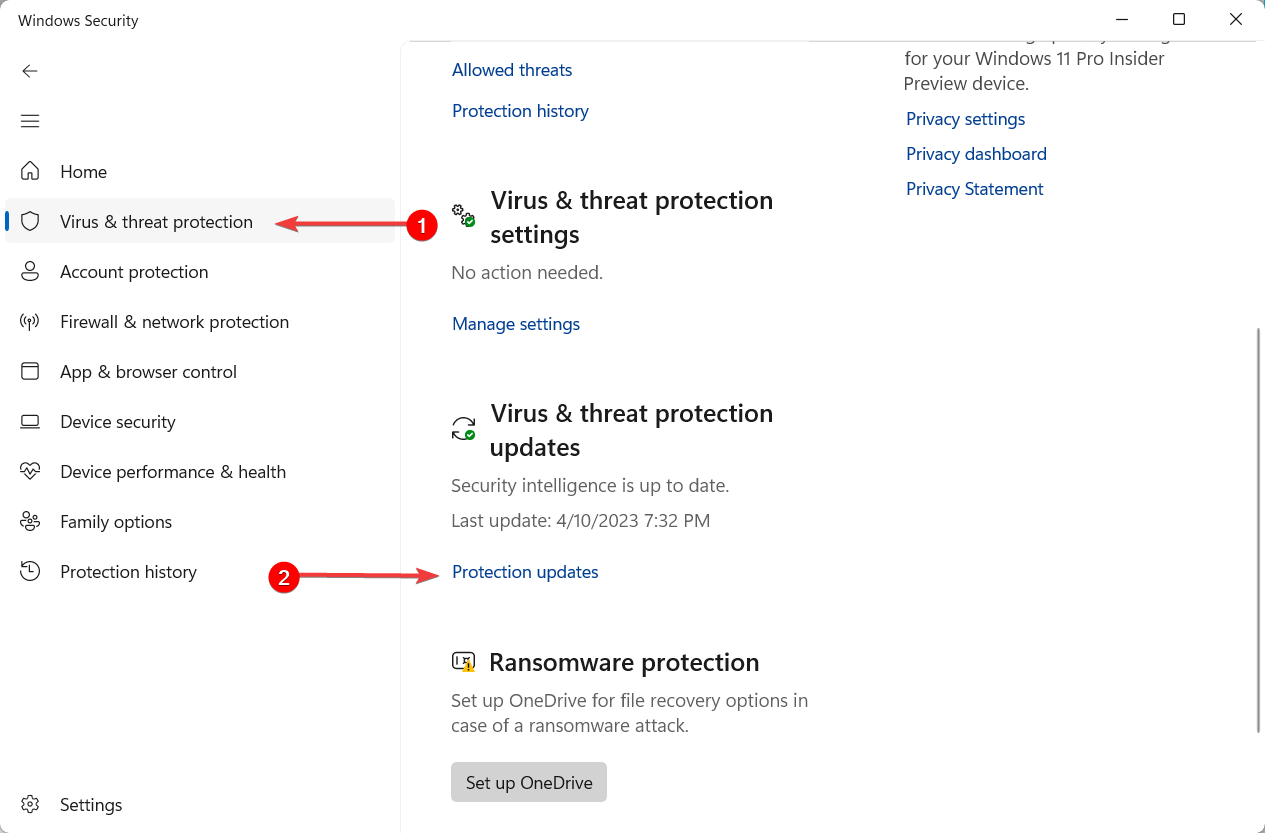
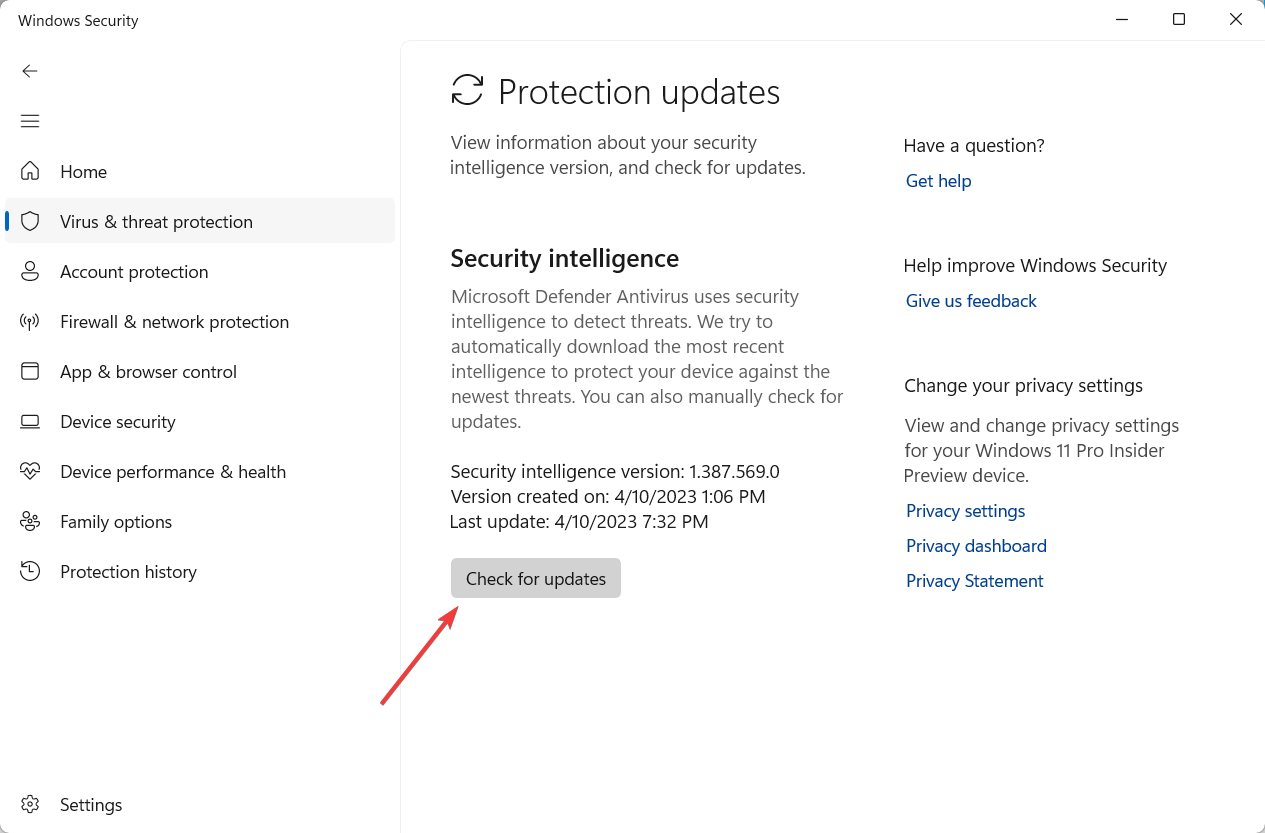

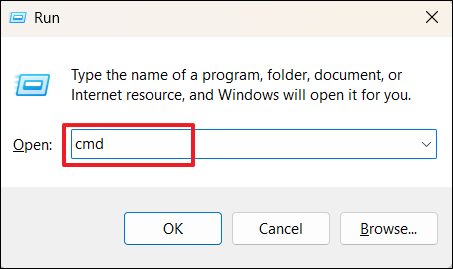

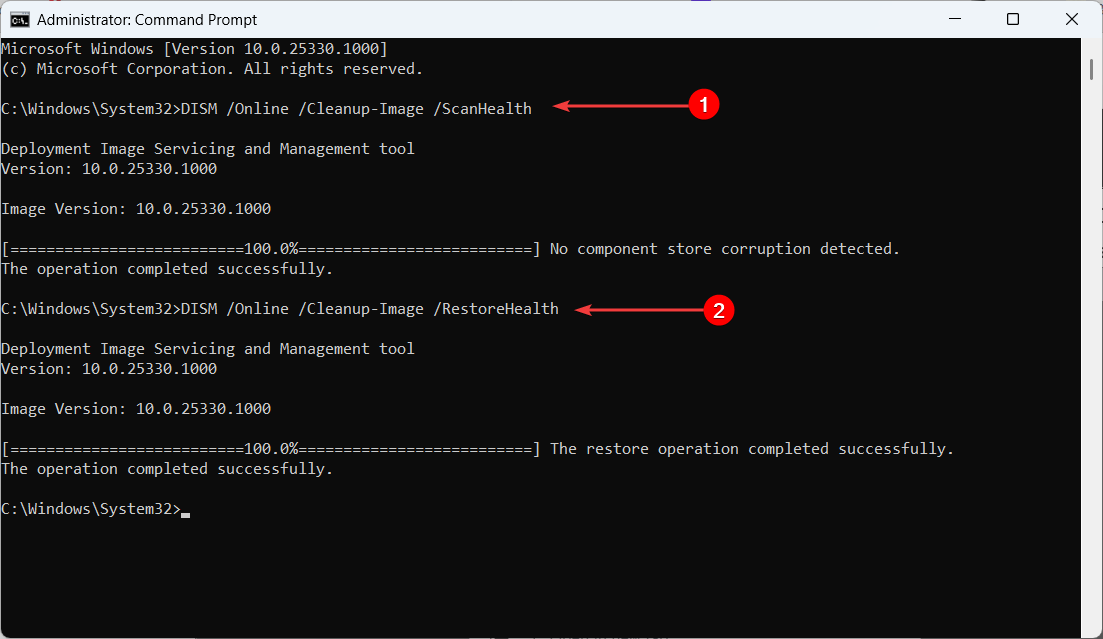
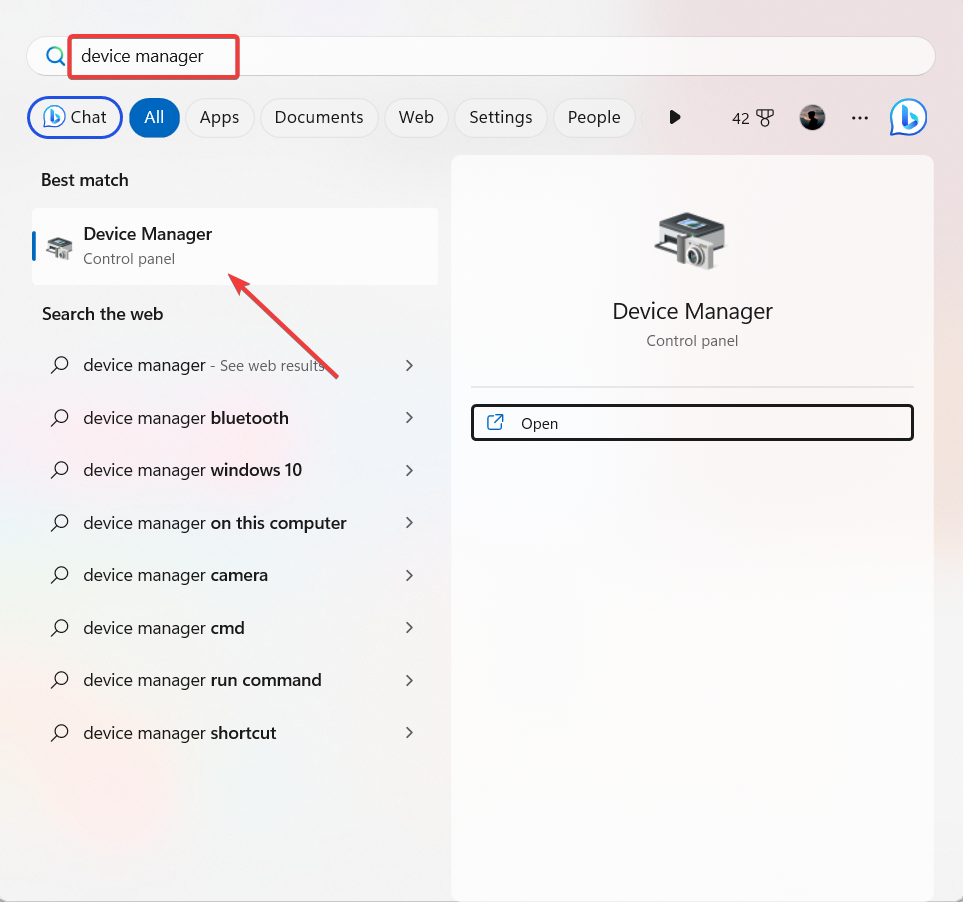


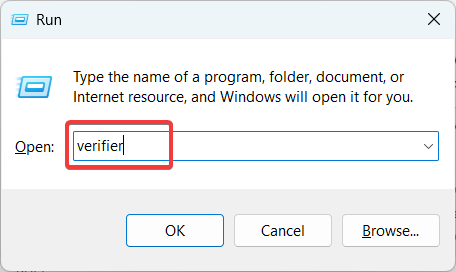
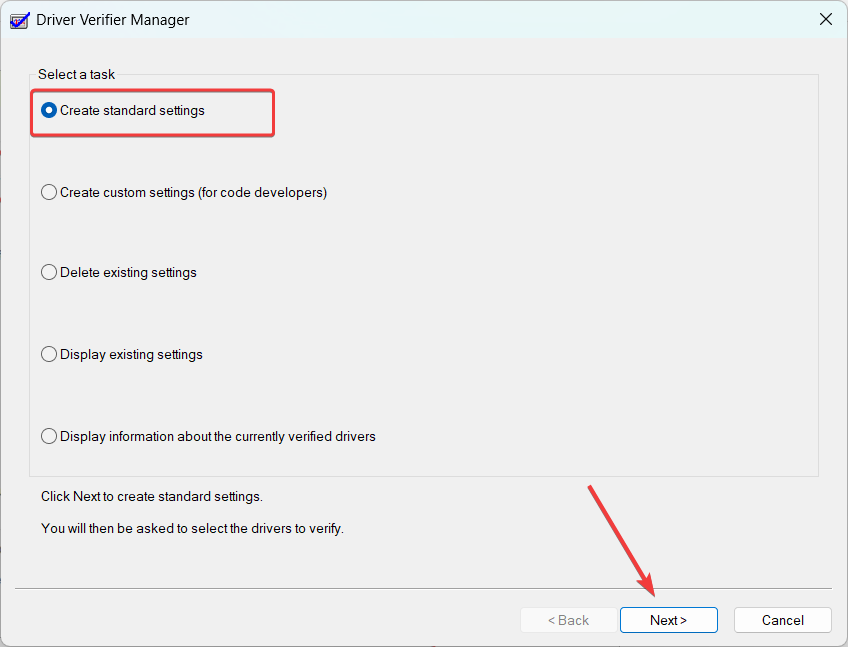
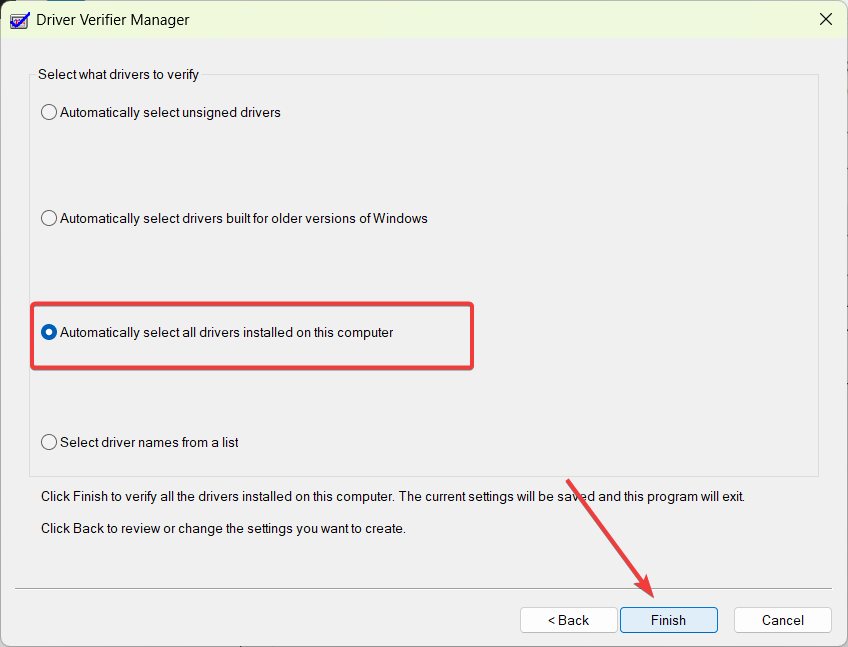
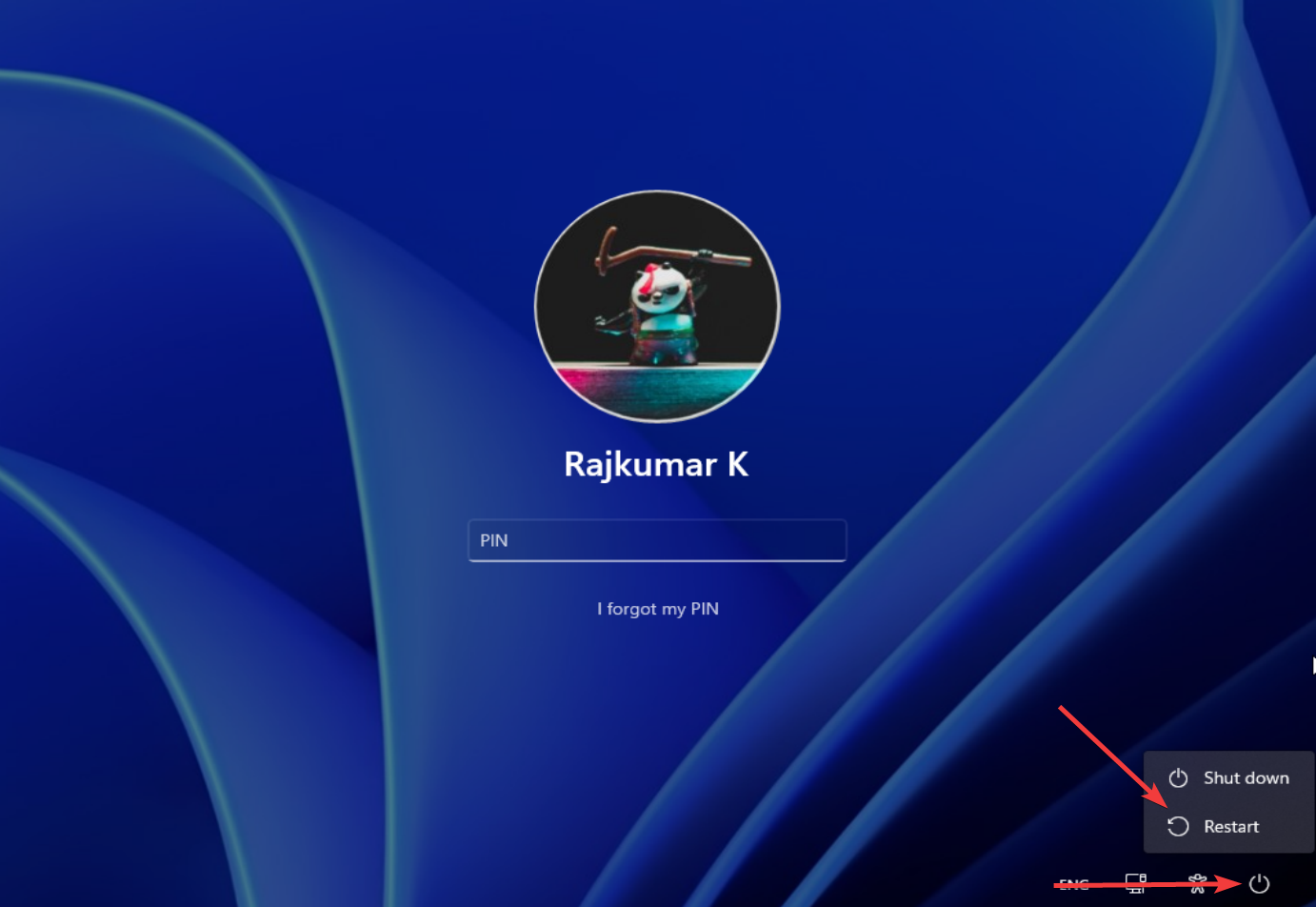
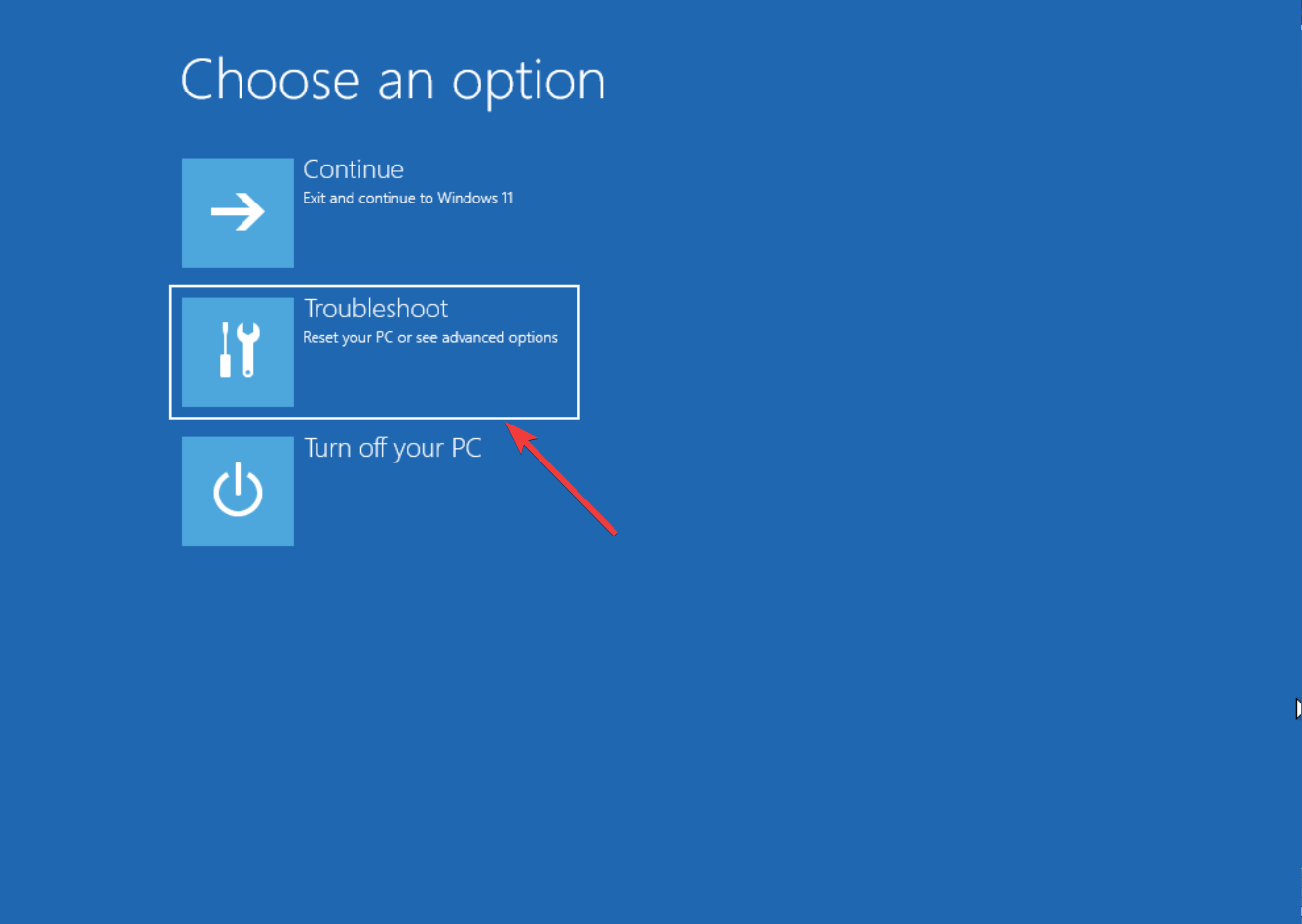
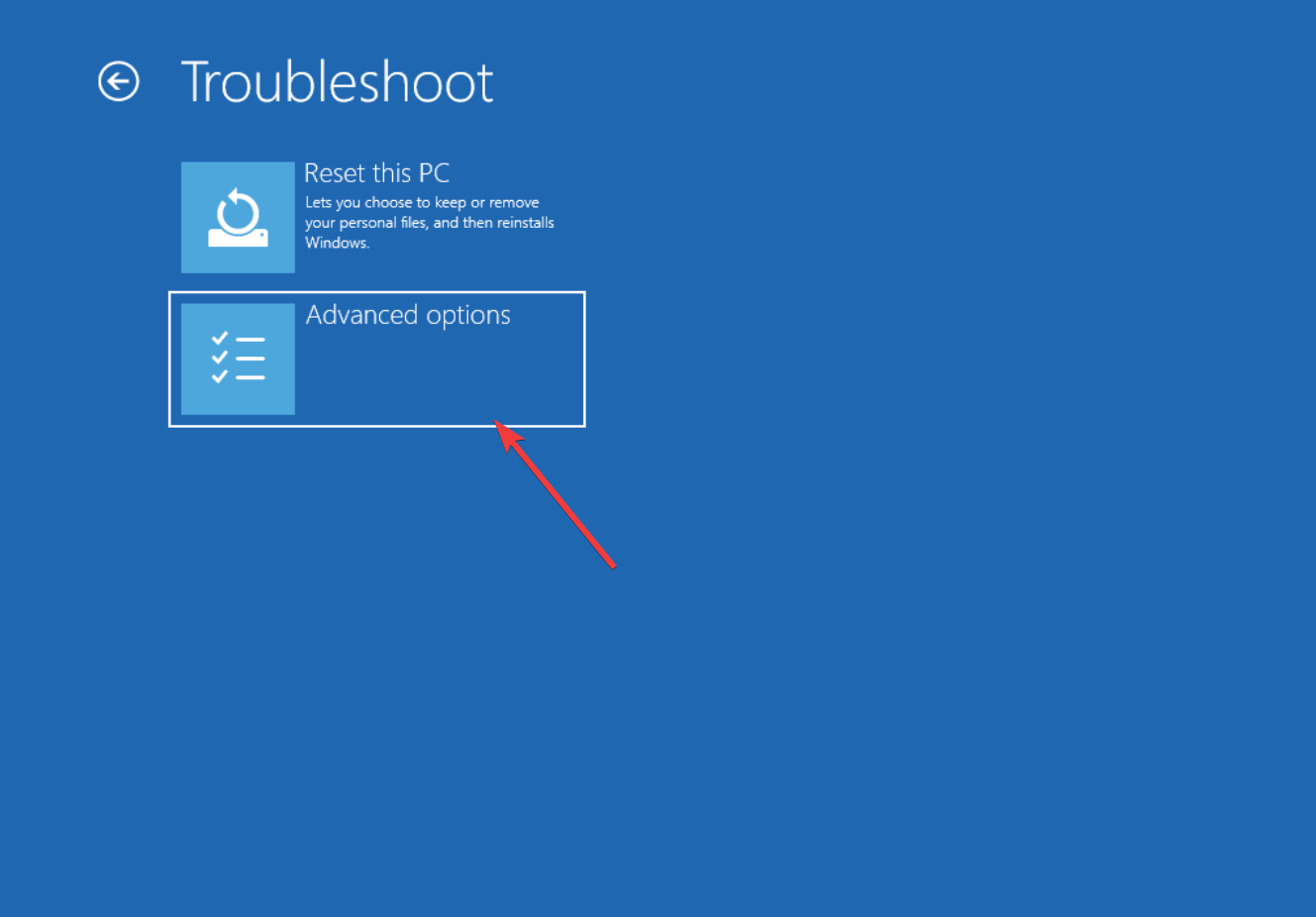
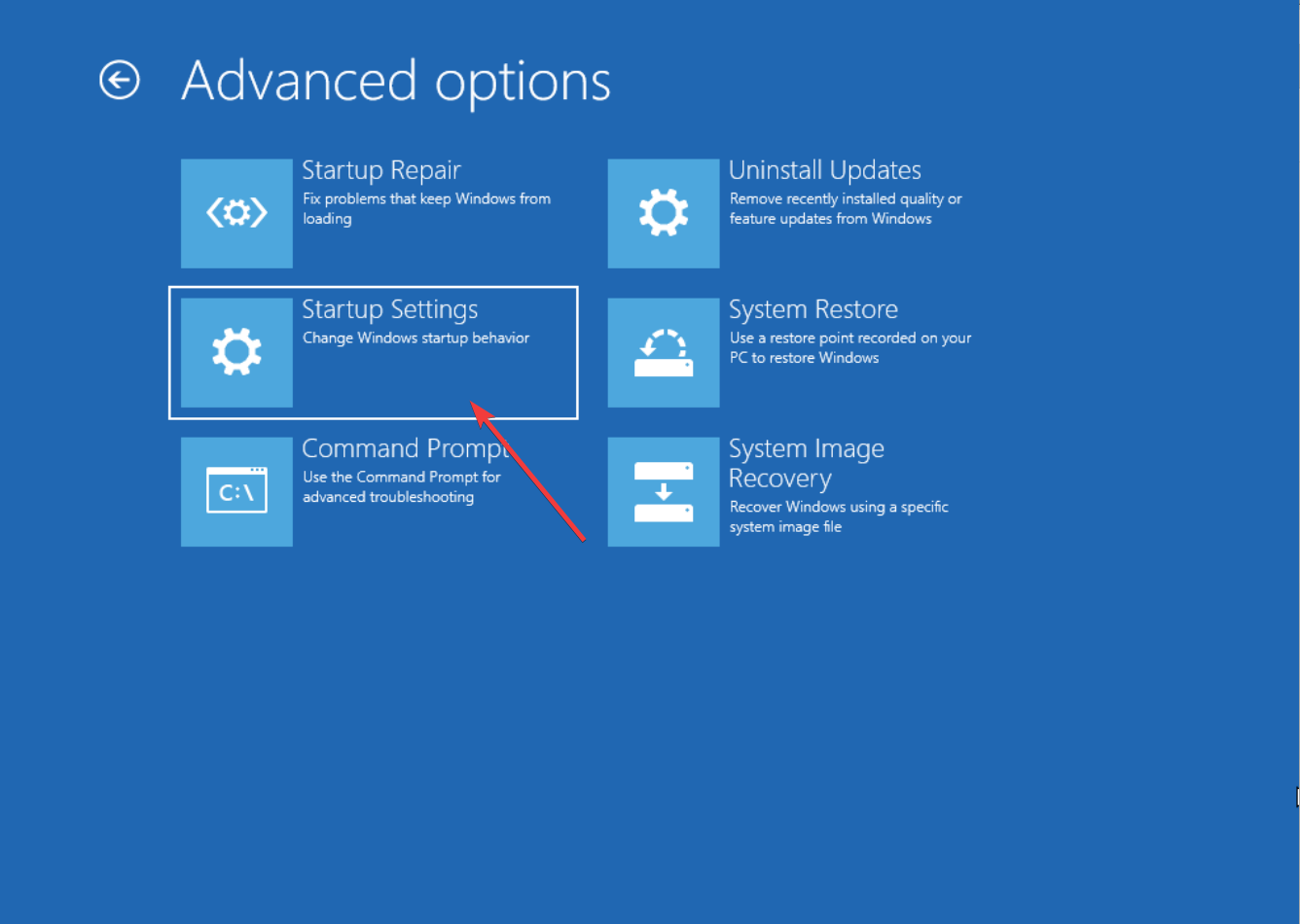
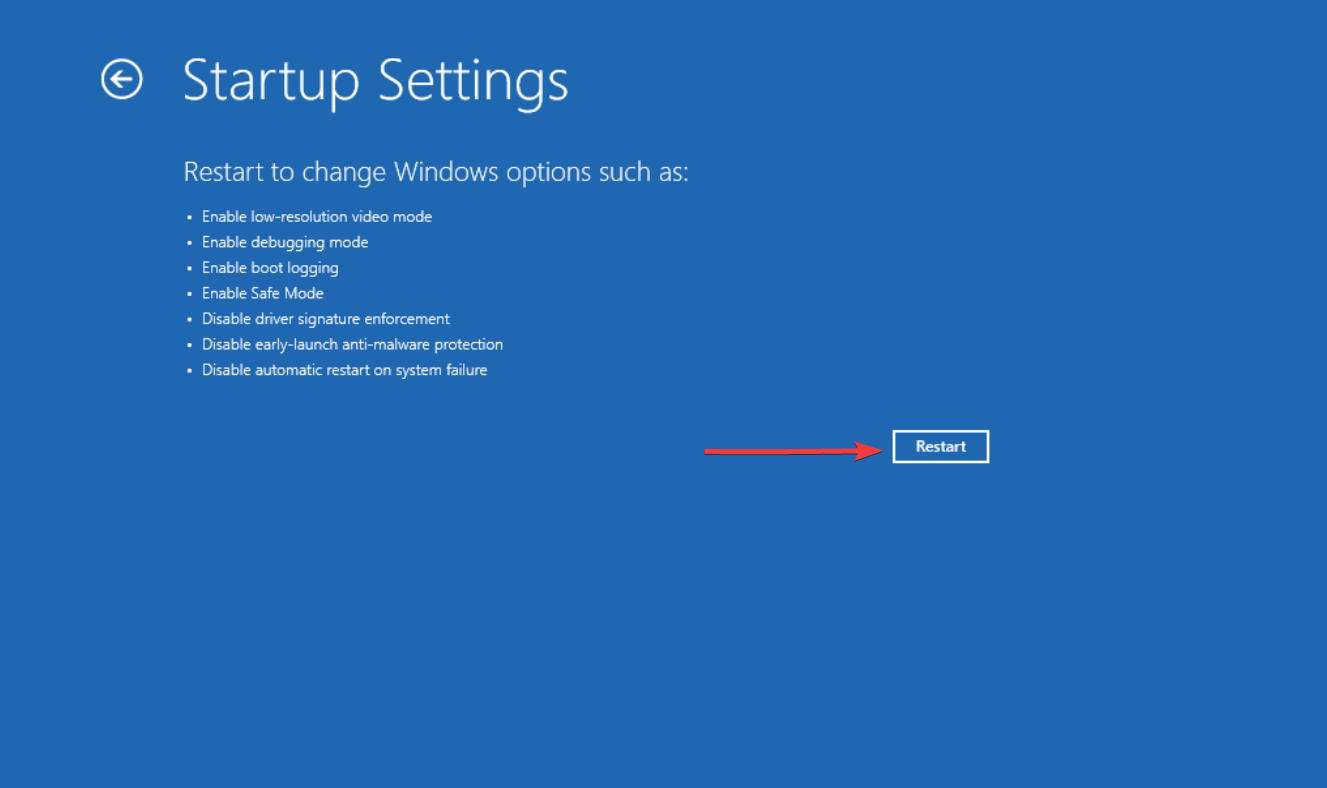

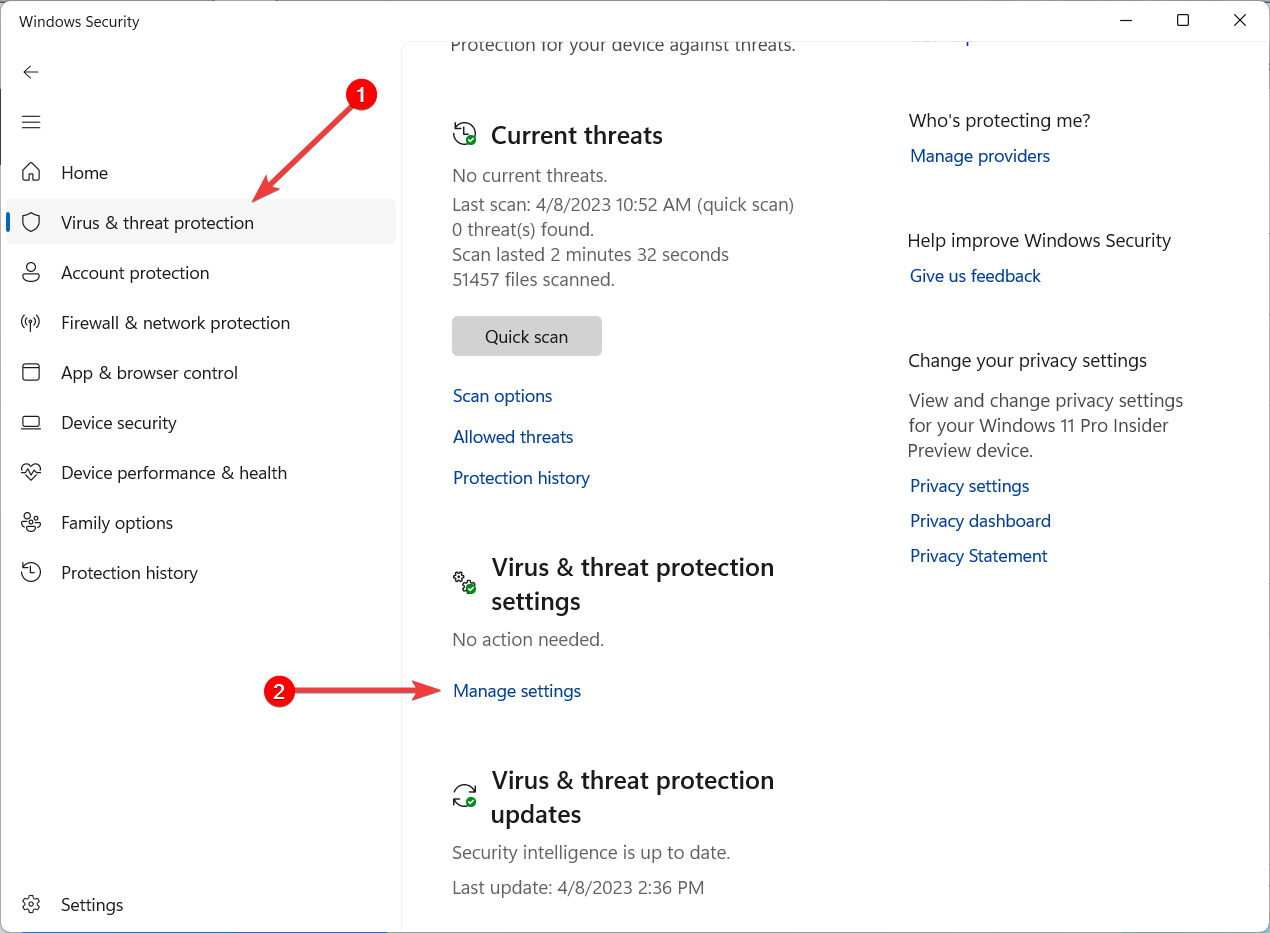
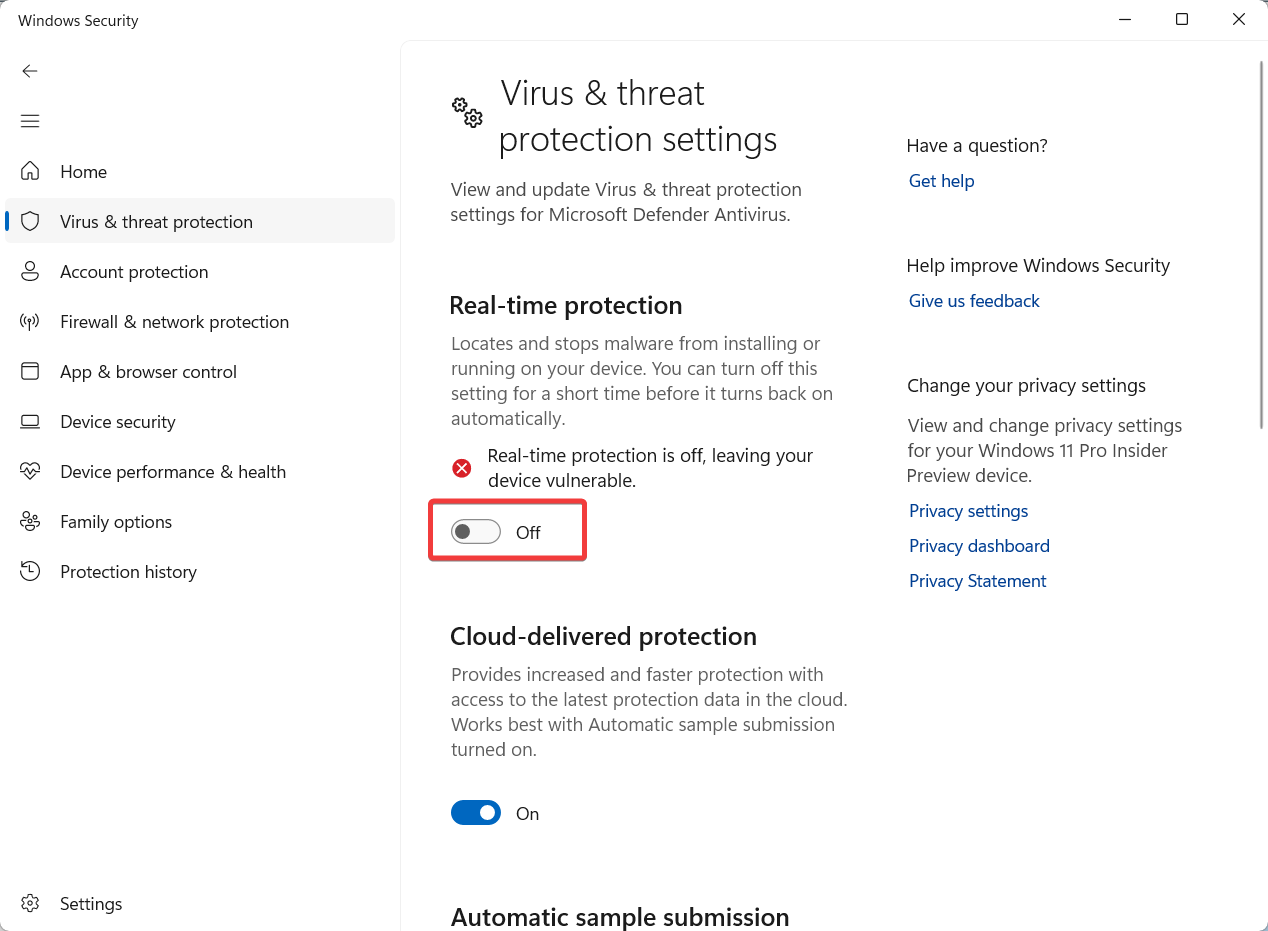
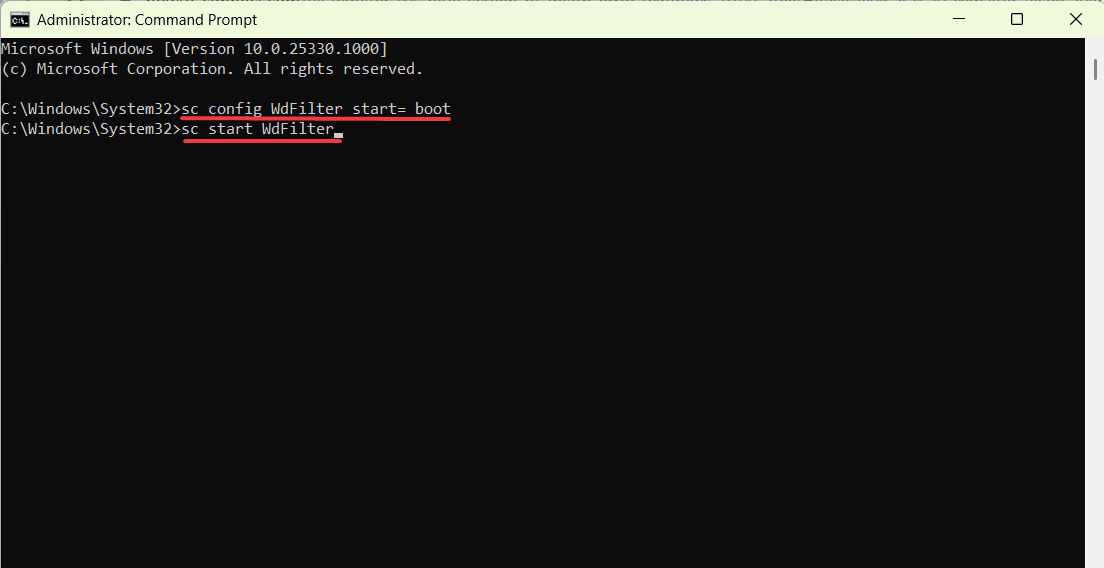
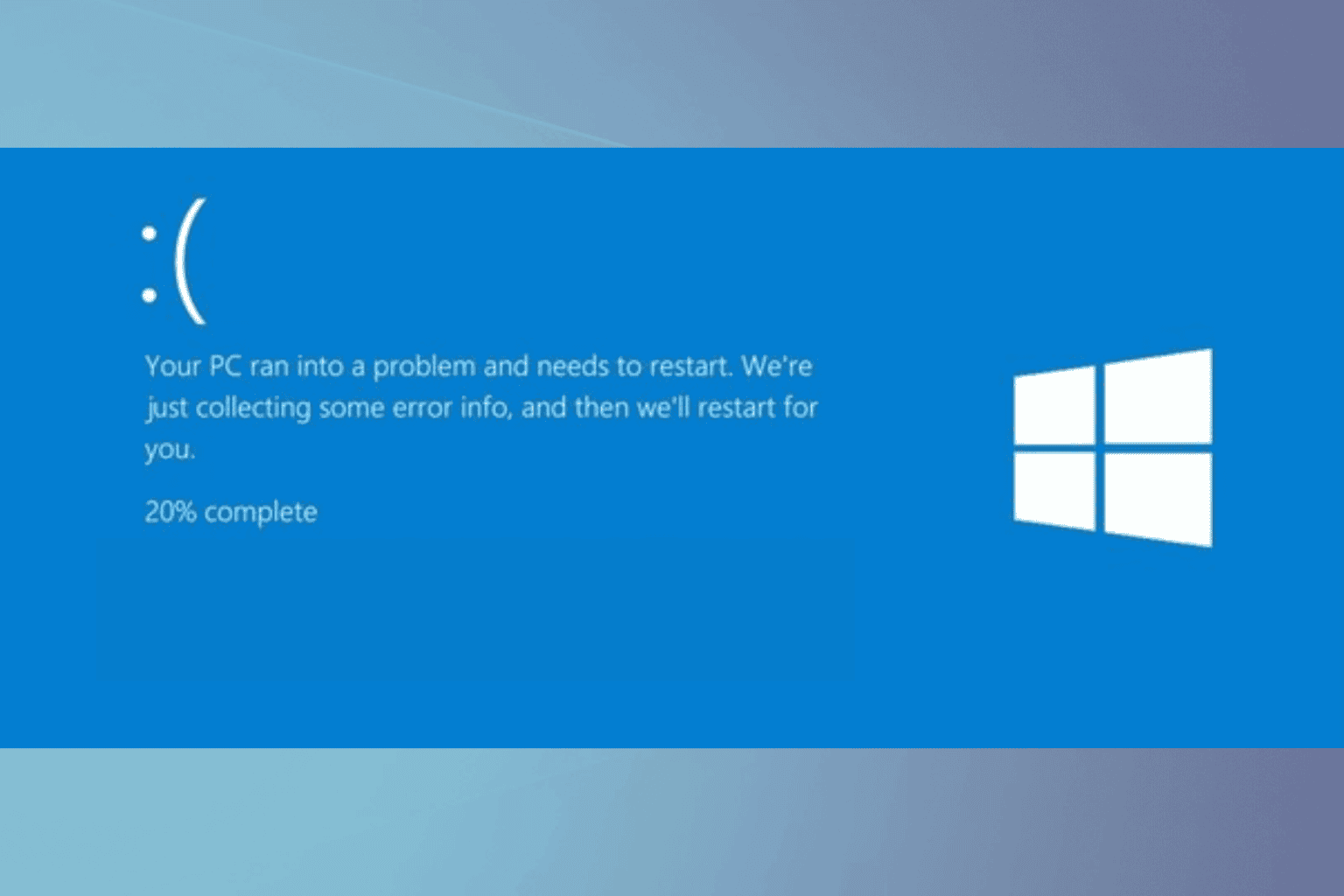
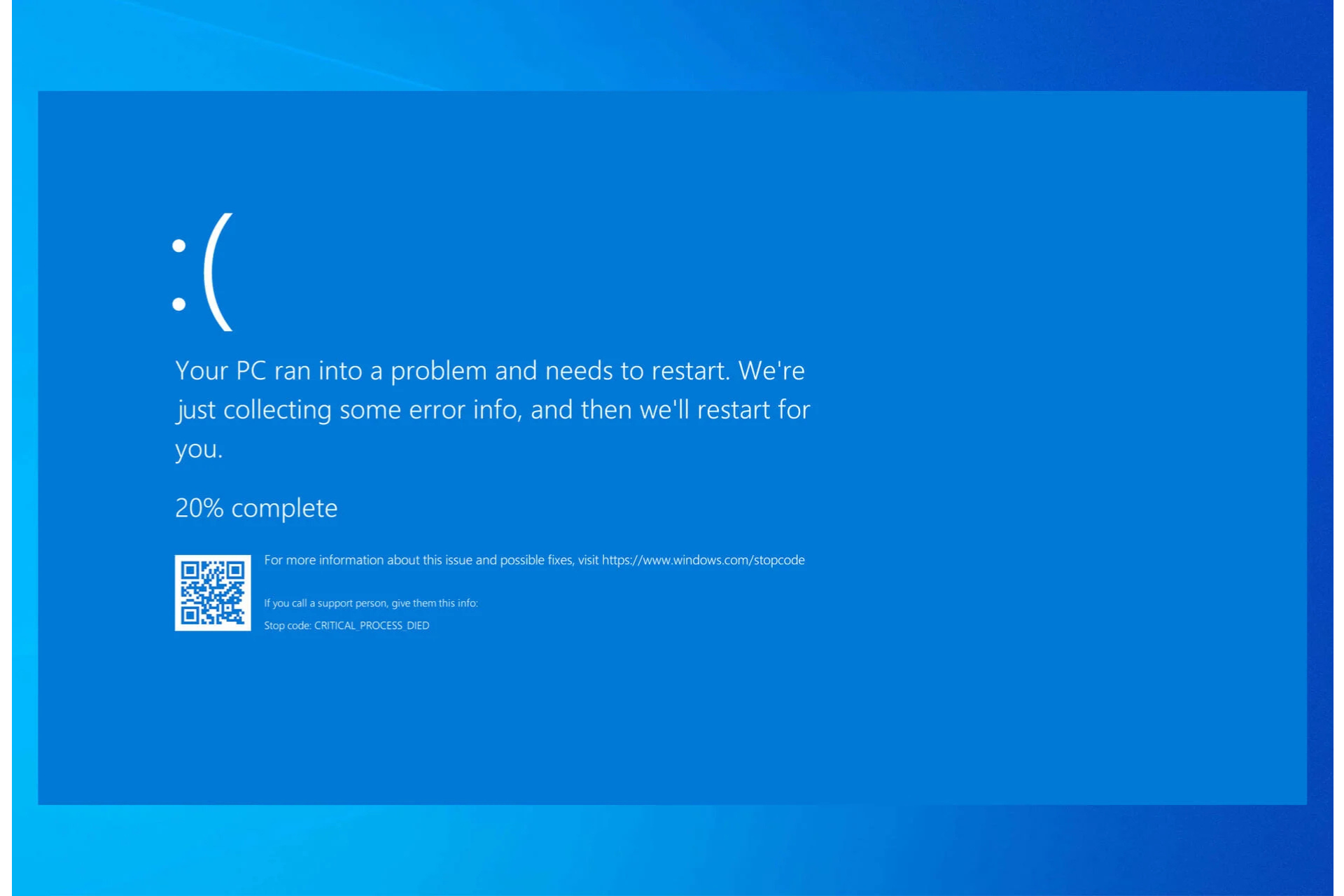
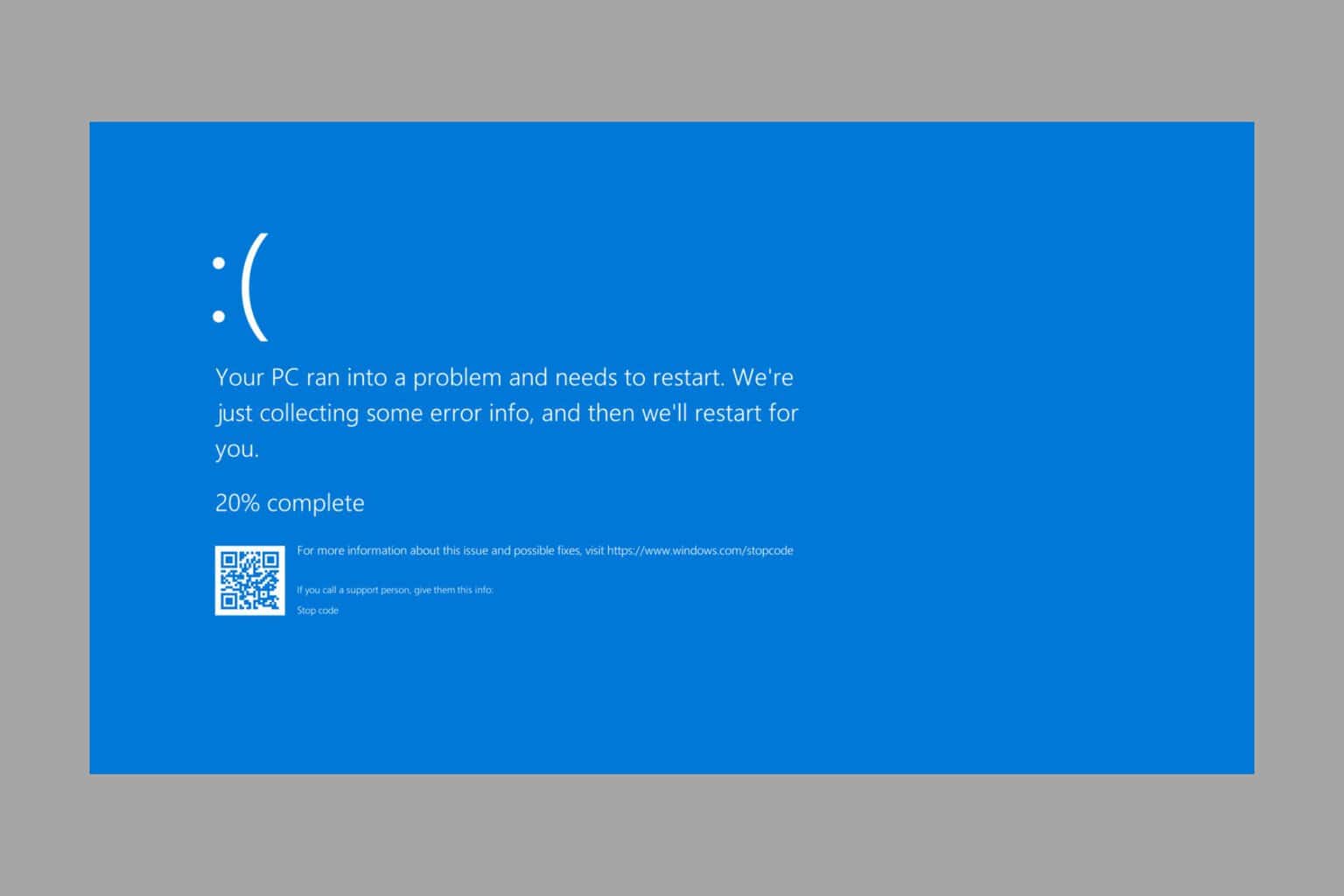
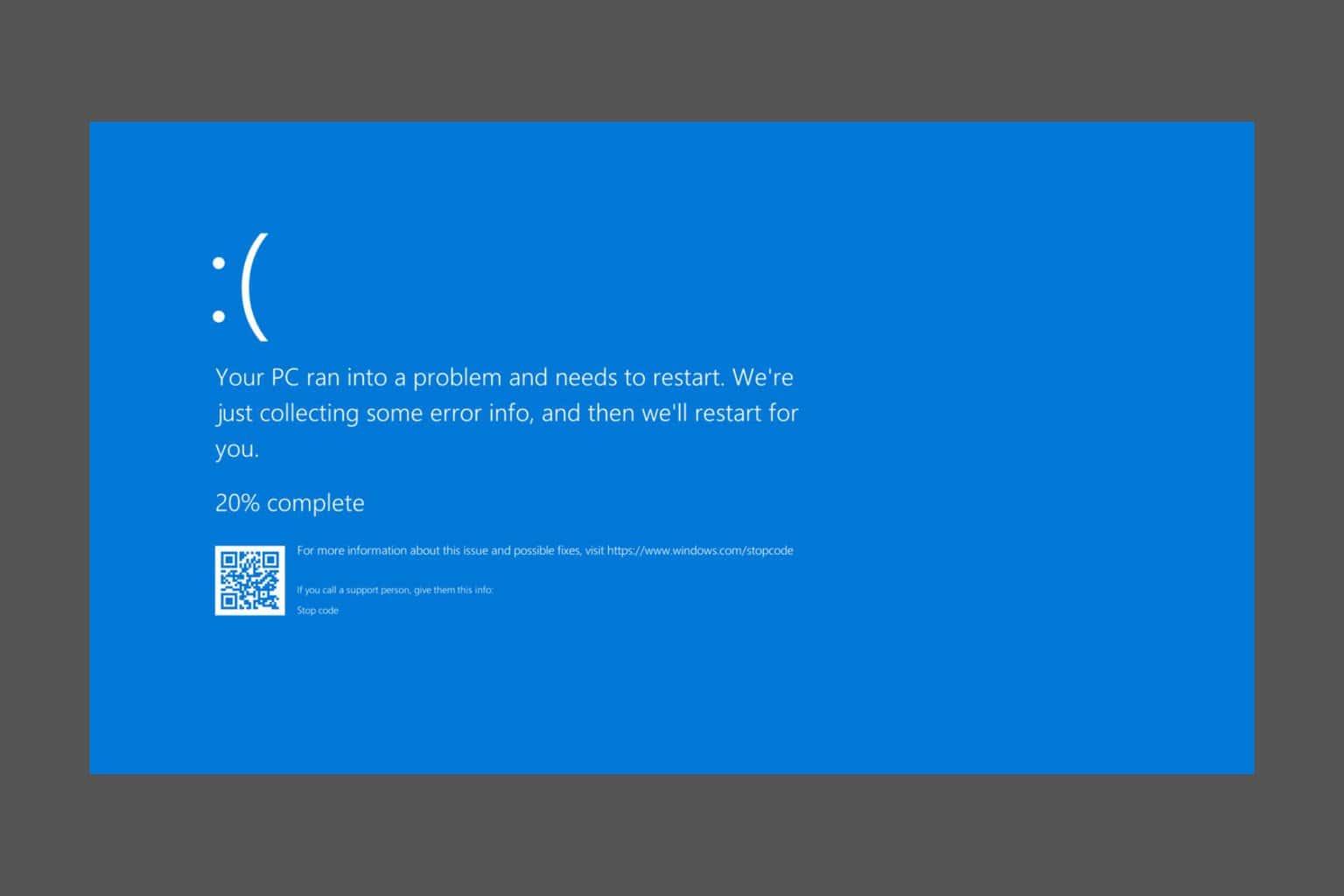
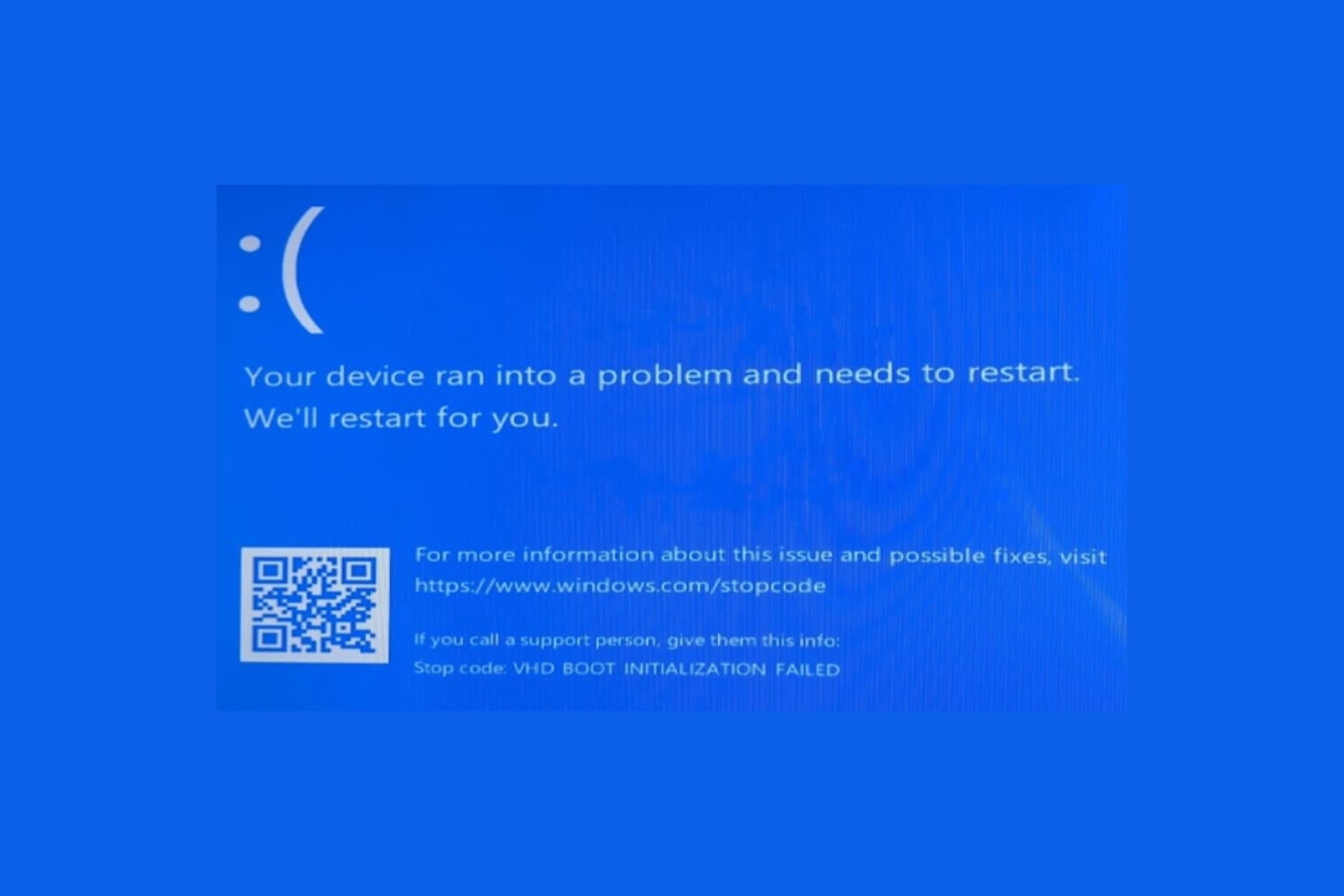
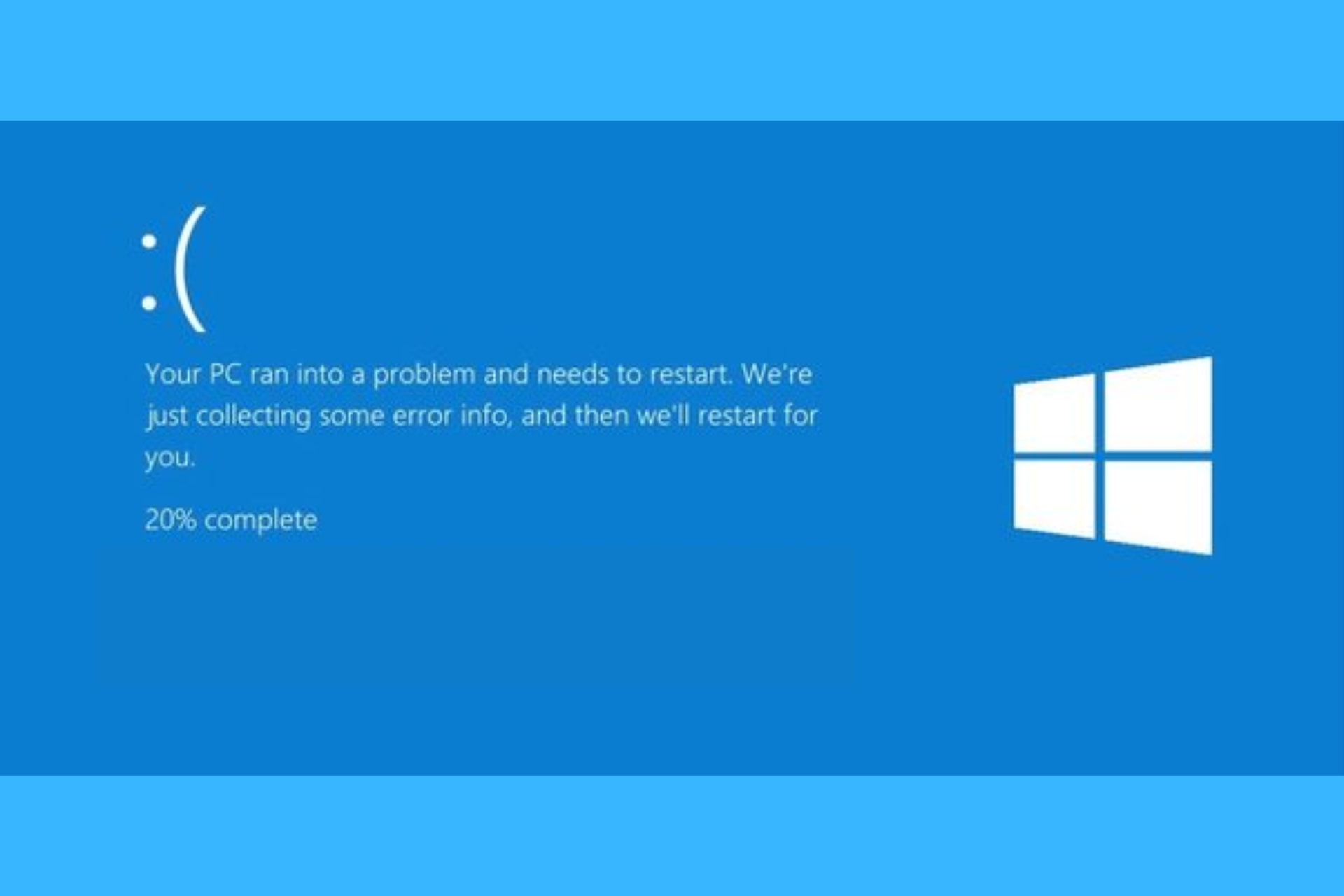
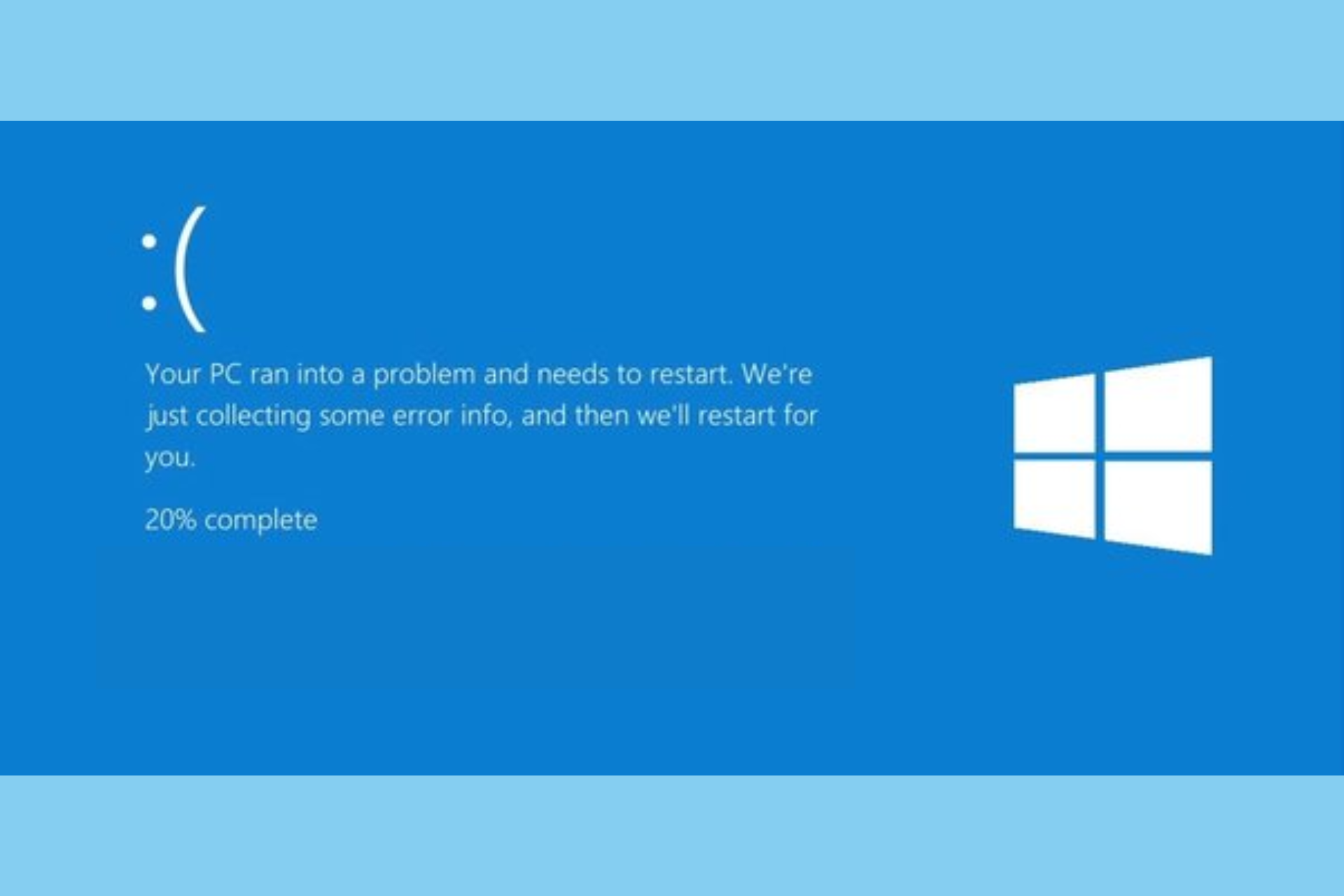

User forum
0 messages